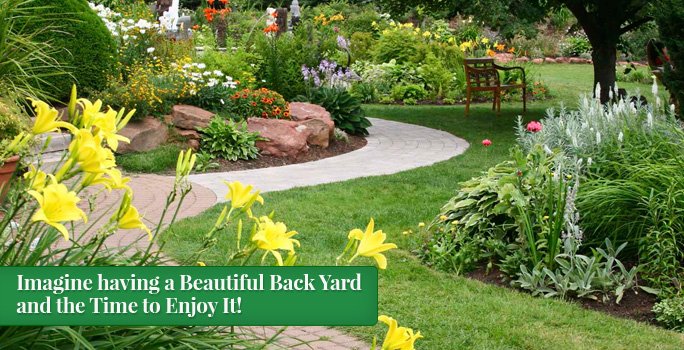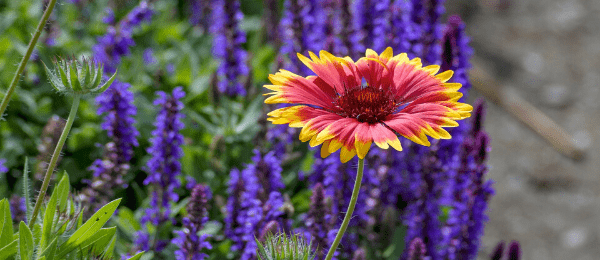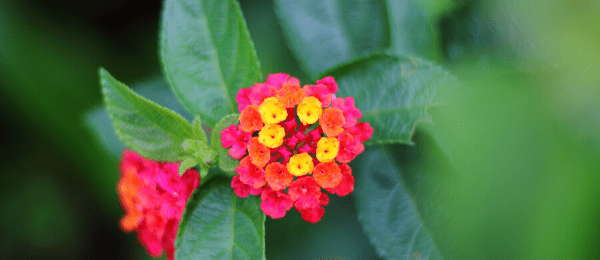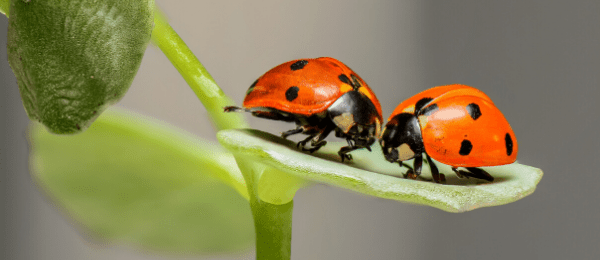Many of our clients have called wanting to improve the appearance and enjoyment of their yard this summer since they are staying home because of lockdown guidelines or cancelled vacation plans. This is the 4th for 4 Pro Tips in June with ideas to make your yard the best yard in your neighborhood.
Back in Grandma’s day, lawns or landscapes were more like a window dressing around a building.
They had a token tree or two, a few evergreen shrubs, maybe some perennials for color out front and a small flower bed for marigolds.

But today’s landscape is not your grandmother’s yard. Today, we require more of our landscapes than ever before.
Do you now expect more than just one pop of color, more shade to cut the AC bill in the summer?
Do you want a livable area with outdoor ambiance where you cook, eat and entertain?
Do you want more curb appeal and increased property value?
Are low maintenance and lower water costs also on the list?

Even more important today, do you also want your landscape to clean the air, deal with the heat islands in cities, purify water as it moves through the soil, mitigate storm water, grow healthy veggies, attract pollinators and repel the deer that want to chew up our petunias?
That’s a tall order for a yard that once just sat still, looked kind of nice, and had to be mowed once a week.
So, what’s on your wish list for this year? Here are a few design ideas to get you thinking.
Pro Tip #1. Design for all seasons.
- Designed your garden to include an abundance of winter-interest plants, structure plantings, and color.
- Repetition is also prevalent.
- Adding conifers, grasses, and shrubs will add winter interest and much-needed structure to the garden.

Pro Tip #2. Outdoor Dining, Seating, & Entertaining.
- Previously a swing set, this pergola was transformed into an intimate dining area after the children grew older and lost interest.
- Read a book, enjoy glass of wine, entertain family or friends outside while social distancing.
- Enjoy backyard baseball & barbeque.


Pro Tips #3. Pet Pathways
- Many dogs like to run the fence line of the property.
- Design gardens to leave anywhere from 2 to 3 feet at the back for the dogs to run.
- Watch the areas and the paths their pets like to take.
- Work with that by adding stepping-stones through the garden to allow for their movements.
- Avoid metal landscape edging which can cut pet’s paws.
- Cover any landscape fabric cloth so it does not stick out.
- This will just become a play toy to dig and tear up your beds.
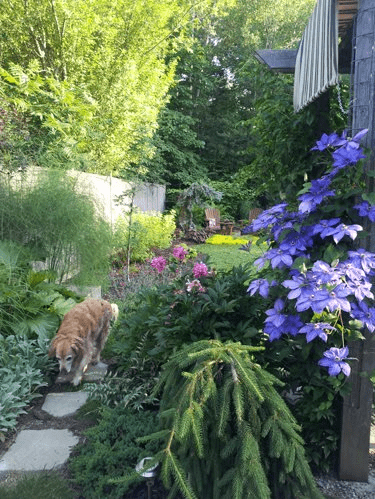
Pro Tip #4. Raised Bed Gardening
- Does the idea of growing healthy organic vegetables and herbs appeal to you?
- Consider doing this in raised beds. You will be amazed of the benefits of growing “on higher ground”.
- If you suffer from a bad back, you will appreciate harvesting your crop without bending deeply.
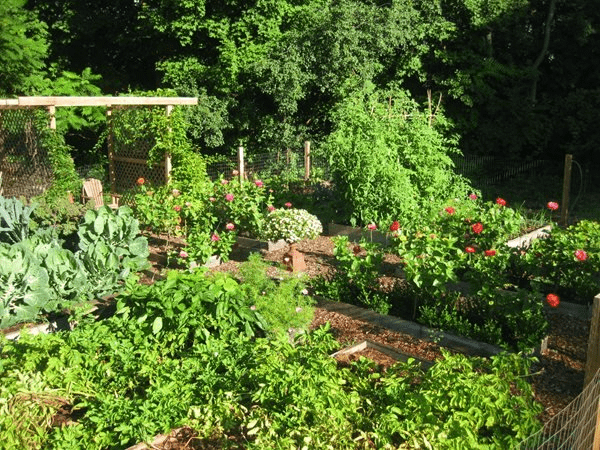
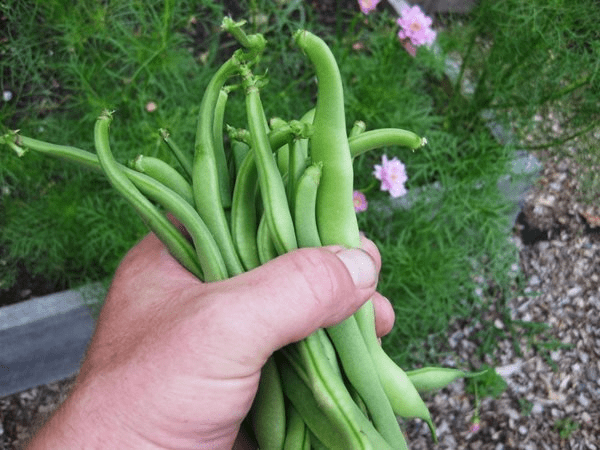
Pro Tip #5. Use planters for seasonal interest
- Left: A front entry planter designed to display color without the use of flowers. In the center is a ‘Bloodgood’ Japanese maple, which is surrounded by assorted fillers, including coleus and ivy.
- Replant the Japanese maple in the garden during the fall and reuse it next year.
- Right: This planter spills over with color, drama, and a tropical feel. ‘Pachira Aquatica’ is the center plant, surrounded by asparagus fern, ivy, and assorted tropicals.
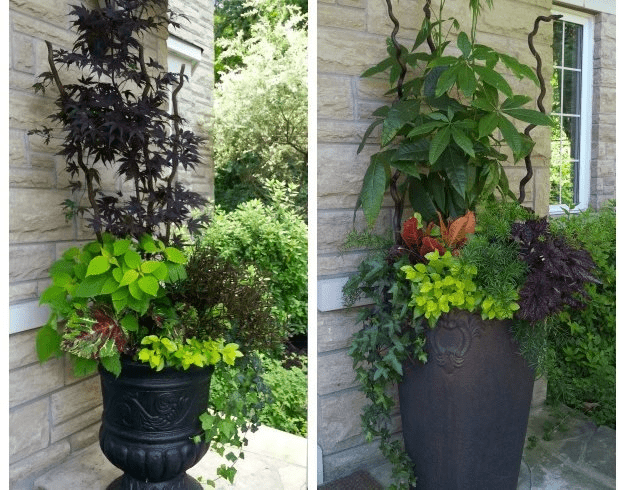
Pro Tip #6. Visit Denver Area Gardens for more ideas
- The Denver Botanic Gardens is a public botanical garden located in the Cheesman Park neighborhood of Denver, Colorado.
- The Aurora Water-wise Garden covers six acres in the middle of the city and is a beautiful botanical display of low-water plants and techniques.
- The Gardens at Kendrick Lake boasts one of most recognized xeric gardens in the metro area,

OF COURSE we would love to care for your yard.
BUT, whether we provide for your yard or not, we want it to be the best it can be.
THEREFORE, we want to provide you the best professional advice for your lawn care in this guide.
THIS IMPROVES our neighborhoods, community, and environment.
If you have some items on your “to-do” list and want to move some to someone else’s “to-do” list, CALL 720-851-7550 or click the Do It For Me button below to discuss your lawn care needs or request your FREE quote.

Source: customer-service@bestyard.com in collaboration with Associated Landscape Contractors of Colorado






